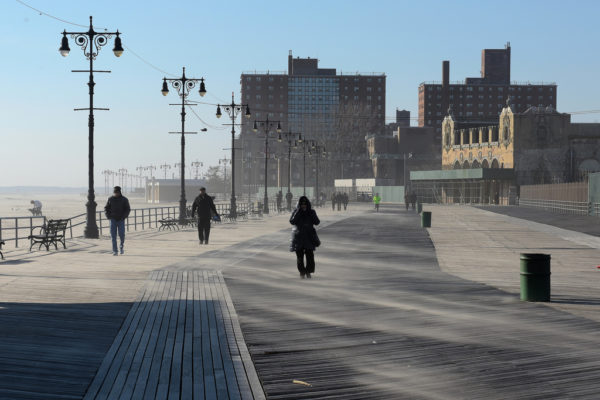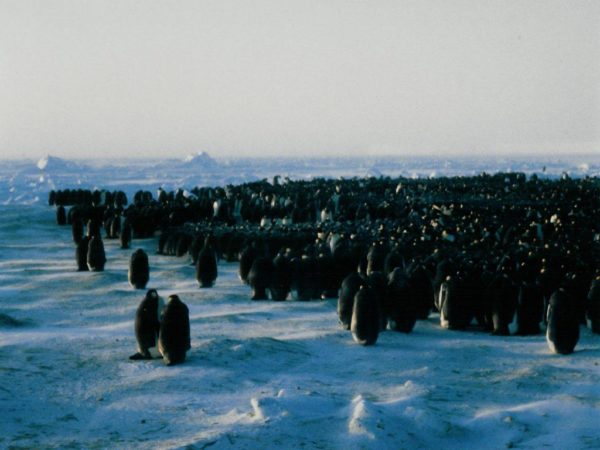"October extinguished itself in a rush of howling winds and driving rain and November arrived, cold as frozen iron, with hard frosts every morning and icy drafts that bit at exposed hands and faces." -J.K. Rowling
As cold as it gets outside over the coming months, particularly with the effect of a displaced polar vortex in play, there’s another factor that can make it feel even colder: the wind. Coupled with extremely cold temperatures, the Windchill factor can exacerbate this tremendously, stripping the heat from your body and putting you at risk of various cold-related traumas.
 Collisions with air molecules will lower our body temperature, particularly the colder the air and the faster the wind speed. Image credit: flickr user Steven Pisano under cc-by-2.0.
Collisions with air molecules will lower our body temperature, particularly the colder the air and the faster the wind speed. Image credit: flickr user Steven Pisano under cc-by-2.0.
But the Windchill factor doesn’t necessarily mean that’s the temperature you experience. Windchill is a worst-case scenario for bare, exposed skin walking head-on into the wind with no sunlight impacting you. Even simplistic precautions can help mitigate its effects tremendously.


@Ethan wrote
Are you sure? That doesn't sound correct. Stagnant air would quickly become saturated causing the endothermic evaporative process to stop.
In my subjective experience, wind makes a world of difference in both the winter and the summer. In the winter, I can handle almost any temperature outside - so long as it's not windy. Cold and windy seems to be way worse than just cold.
In the summer, it's the opposite: breezes are welcome, and there's nothing much worse than have it be hot, sticky, and still (as summers generally are here in the mid-Atlantic).
@Denier: I can tell you that at sufficiently high temperatures (well above the human body) a breeze actually does heat you up further, by stripping away the blanket of slightly cooler air that sweat evaporation created on your skin.
My only personal experience with this was in a wind tunnel at approximately 130 degrees Farenheit. The wind was making me hotter, and my heavy suit was making me cooler. (I never want to experience anything like that again.)
With humidity and temperatures near or below human body temperature on the other hand, breeze is good. With low humidity and temperatures well above human body, breeze really can be bad.
#3: But a drier air can take more moisture and the evaporation rate rises. Since that is a far quicker and more efficient way to export heat from a human body, removing the air will cause more evaporation and more cooling than still air.
#4 You didn't say anything about humidity in #3, though that wouldn't appear to make any difference unless it was condensing on your body it was so humid. In which case it isn't the air movement doing it.
A related pet peeve of mine is the forecaster's use of the "Feels Like" temperature. When it's 80F and it "feels like" 90, what do I expect to feel when it's actually 90 outside? And heaven forbid I stand in the shade.
I've a lifetime of experience with temperature, humidity, and wind. I need another lifetime to ignore those values and develop an intuitive notion of what a "feels like" forecast really means. I strongly suspect the effort to compress those 3 orthogonal axes into a single "feels like" value won't succeed in the long run.